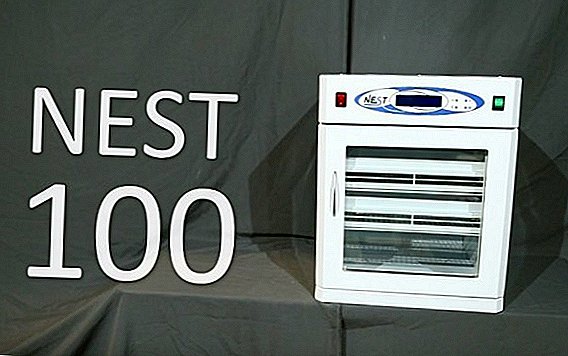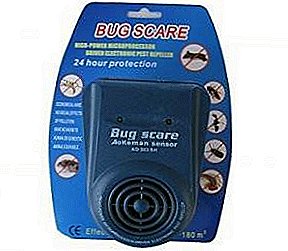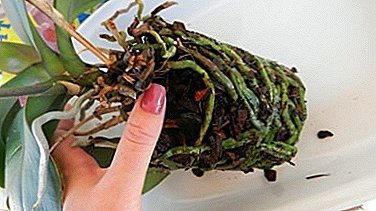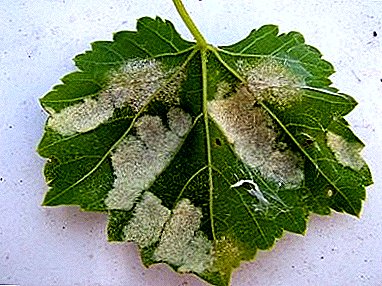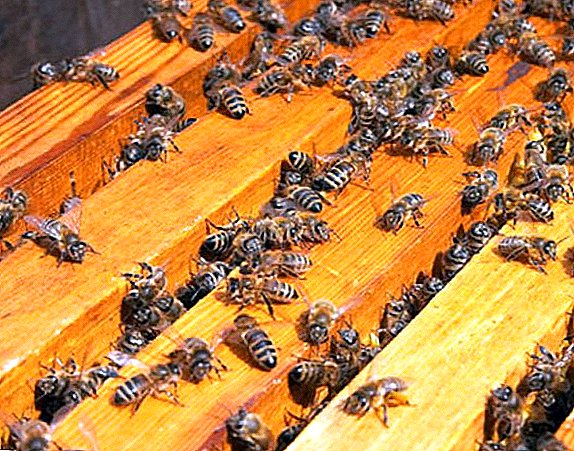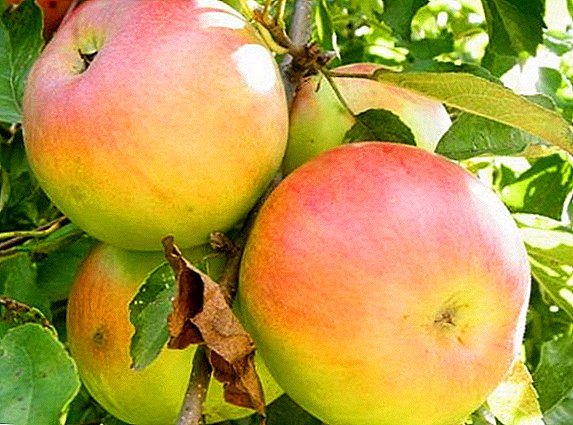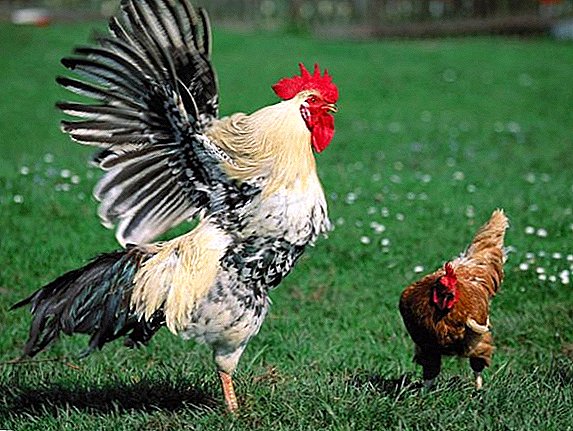 The most common breed of bird in agriculture is chickens. They are grown in private farms, small farms and large poultry farms. The breeding process includes measures for poultry care, maintenance, feeding, and disease prevention. No less important is the breeding of chickens, especially if you are raising representatives of rare breeds. On the difficulties of breeding and will be discussed further.
The most common breed of bird in agriculture is chickens. They are grown in private farms, small farms and large poultry farms. The breeding process includes measures for poultry care, maintenance, feeding, and disease prevention. No less important is the breeding of chickens, especially if you are raising representatives of rare breeds. On the difficulties of breeding and will be discussed further.
How to choose a rooster
First of all, you need to pick up the appropriate cock. 
General rules of choice:
- For older chickens, a young one is picked up, and for young Klushs, a more experienced, two-year-old gentleman is needed.
- If you select a gentleman from your young, then leave the leader. He will be determined by the results of cock fights.
- Buying on the market, pay attention to the appearance of the bird. Eyes should be clear and clean, feathers are shiny, beautiful. The comb should be bright and fleshy, to the touch - warm.
- Age is determined by the spurs - they are small in the young cock.
- For breeding purebred birds leave the male with the correct breed characteristics.
- For chickens of egg and meat-egg breeds (weight - up to 2.5 kg) we need a male weighing no more than 3.5 kg.
- For layers of meat breeds, the one that is best suited to the exterior of chickens is chosen.
Important! Do not purchase lethargic birds - this can be a sign of both infectious diseases and beriberi.
The ratio of rooster to the number of chickens
The recommended statistical ratio of rooster to chickens is 1:10. It is important to take into account the purpose for which the male is acquired. In order to simply carry an egg, a rooster is not needed. The reproductive apparatus of the hen will lay eggs in the usual manner. The male performs only the fertilization of these eggs.  If you plan to withdraw chickens from the resulting eggs, then 1 rooster for 8 chickens is desirable. The same ratio is desirable for representatives of fighting and meat breeds. In this case, you may also need one backup. A young rooster can cover up to 16 hens. As his strength grows weaker, the three-year-old cavalier is considered too old for the reproduction of the herd.
If you plan to withdraw chickens from the resulting eggs, then 1 rooster for 8 chickens is desirable. The same ratio is desirable for representatives of fighting and meat breeds. In this case, you may also need one backup. A young rooster can cover up to 16 hens. As his strength grows weaker, the three-year-old cavalier is considered too old for the reproduction of the herd.
The minimum ratio of roosters to chickens is 1: 3. Note that with a small number of chickens, the male becomes aggressive and the likelihood of damage during mating increases.
Find out how a rooster tramples (fertilizes) a hen, how many years a hen and rooster live at home, whether a rooster is needed for eggs to carry eggs, how many chickens there should be for one rooster, and how a rooster can be called.
The mechanism of the pairing process
The process of fertilization of the hens depends on the structural features of their genitals. In fact, in chickens, the breeding organs of males and females are very similar. Both chickens and roosters have a so-called cloaca, where the genital ducts of the genitourinary system go. The spermatozoa, formed in the testes of the rooster, descend through the seed canals into the cloaca. At the time of mating, it is necessary for the cloaca to touch and sperm to enter the cloaca of the chicken.  In order for the seminal fluid to reach its destination, the cockerel has to hold the back of her friend with her paws and beak to hold on to her neck. Spermatozoa remain active in the cesspool of chicken for 20 days. All this time, they can fertilize eggs that alternately exit the ovary.
In order for the seminal fluid to reach its destination, the cockerel has to hold the back of her friend with her paws and beak to hold on to her neck. Spermatozoa remain active in the cesspool of chicken for 20 days. All this time, they can fertilize eggs that alternately exit the ovary.
Important! If the rooster tramples chickens too often, the quality of semen is reduced. Because of this, the fertility of eggs may decrease.
How is the process itself
For a successful mating process, the male must:
- Jump on the back of the chicken.
- Find paws entrance to the cloaca.
- Combine the genitals.

Actual pairing nuances:
- The excess fat in the chicken condenses around the cloaca. When you buy a shopping carcass, then in the area of the tail you can see the maximum accumulation of fatty deposits. In fatty hens, fertility is much lower than that of slender and fit, due to the fact that the rooster is simply not able to get to the cloaca. To help the process, excess fluff is cut around the cloaca.
- The back of the hen can not stand too massive cavalier and get damaged.
Did you know? A person can hear a rooster crowing at a distance of two kilometers.
The rooster tore the back and sides of the chicken.
If the chicken's back is torn, then there may be only two reasons:
- male weight;
- mating frequency.

First aid is as follows:
- The hen should be immediately deposited from the herd.
- For small scratches, smear the back with a disinfectant solution, for example, Chlorgenxidine, and smear the wounds with a zinc ointment.
Did you know? If the rooster has a “favorite chicken,” it should be separated from the herd for 3-4 days a week to give it a chance to rest. You can easily recognize such a chicken by dirty feathers, balding patches and wounds on the back.
It does not need to be allowed into the hen house until it heals. Recommend also filed claws claws. But if you do not know how to do this, and you do not have a spare male, do not risk the health of the bird. In the case of improper trimming, the rooster may lose the ability to hold onto the back of the chicken. 
How to identify a fertilized egg
The seminal fluid in the chicken oviduct will fertilize the testicles for 3 weeks. You can check fertilization with an ovoskop - a device for determining the quality of eggs with the help of their x-raying:
- in fertilized eggs a slight dark spot is noticeable in the protein part;
- on the lumen of the ovoscope, you can examine the presence of a blood clot and small blood vessels
Breeding hens is a completely simple task. There are no difficult conditions in it and its solution will not cost you much. It is enough to follow the rules and carefully observe that all participants in the process are healthy.


